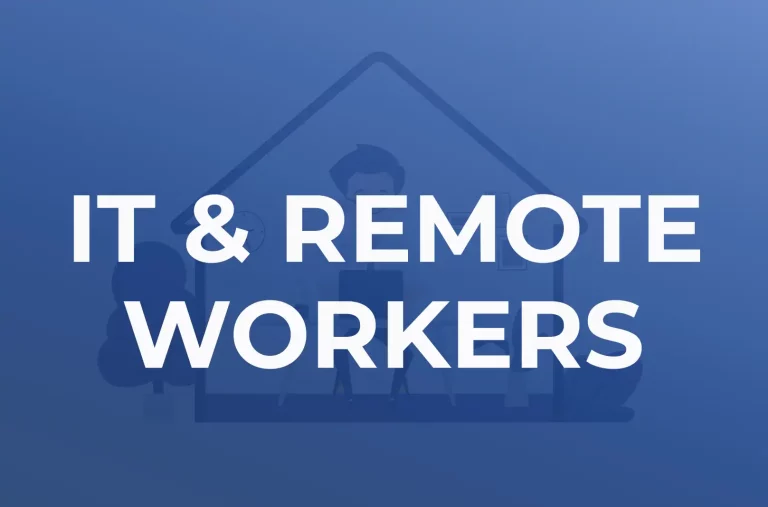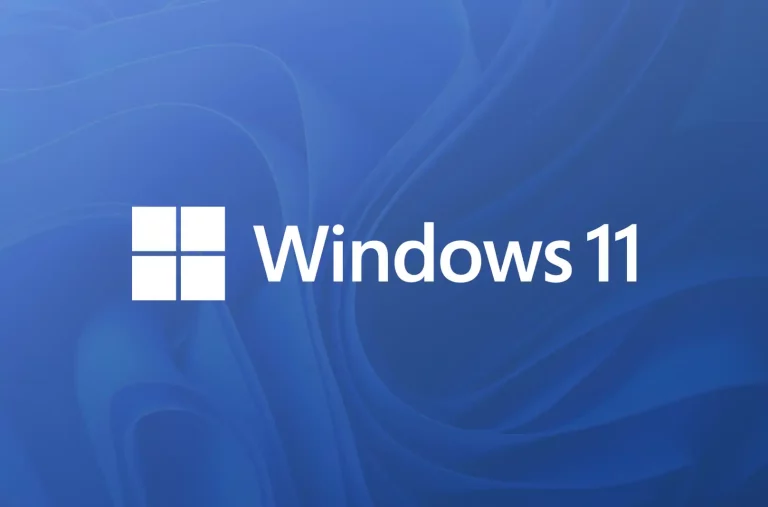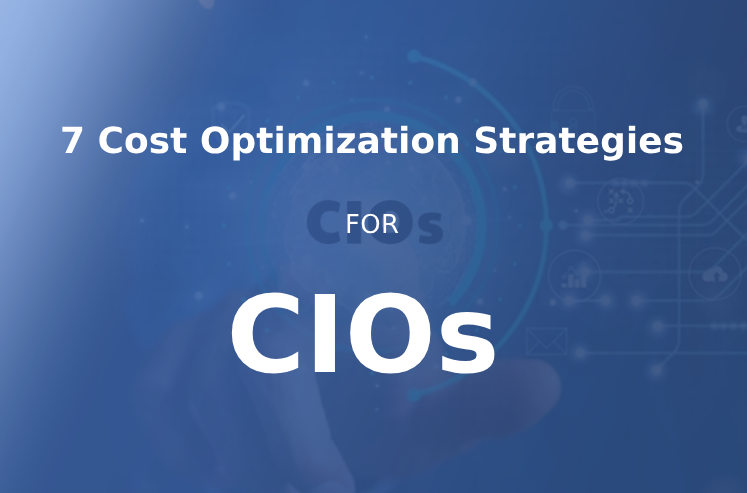The IT sector is evolving due to the shift to remote and hybrid support. Remote and hybrid work have taken the business world by storm in the last two years. For both employees and firms, the current technological boom has fundamentally changed the way work is done, and the urge to work from anywhere has only increased post-pandemic.
This also implies that more companies are springing up to offer managed, remote IT services to your company. Older businesses and major corporations, on the one hand, prefer an internal staff to their small and medium-sized counterparts.
Let’s look at what the shift from onsite to remote and hybrid support implies for your company.
On-site support
Onsite support is an individual or team that provides IT support and is a member of the organization’s hierarchy. It is common among larger businesses; nevertheless, if any significant disruption to your business is undesirable, an in-house team is the best solution. Without the need for additional technicians, the internal team will ensure that everything runs smoothly.
Through quick response and minimal downtime, an in-house staff allows you to focus on what you do best while reducing overhead and costs. You also receive a malware-free network as a bonus because they can assist you in identifying and managing possible areas of weakness before they become a problem that disrupts your business operations.
Having a full-time crew at the site requires you to maintain them on your payroll in case of an emergency. Furthermore, if you work for a huge corporation, you must rely totally on their availability and priority, as you may be competing with other departments.
Full support hours are usually limited to regular business hours in most circumstances. After business hours, you’ll have a hard time reaching an in-house technician.
Remote support
Your organization does not employ remote or off-site IT help because it is outsourced through an IT support company. The crew is not physically present on your company’s premises and relies on remote access to navigate your system.
You just pay for the services you need or use when you hire a remote IT support company on a contract basis. This is especially useful if you own a small or medium firm, as keeping the bottom line in check is crucial. The problem with this is that it can be difficult to budget for the actual cost of services until they are invoiced.
Because remote IT can handle issues without geographical limitations, time spent waiting for an onsite team to become available can be avoided, and as an added bonus, if your company has multiple locations, the same IT assistance can be delivered to all of them. Unfortunately, you’ll need an onsite crew if you need hardware repaired, have installation troubles, or have a network connection problem.
You are unlikely to be their only client if you hire a remote workforce. Whereas your competition with online support is with other departments and hence manageable, your competition with remote assistance is with companies. Many remote IT support services, on the other hand, work under Service Level Agreements (SLAs), which spell out the expectations for their availability.
A significant benefit to consider, particularly for small and new enterprises, is that IT support providers can often be accessible outside of usual business hours, ensuring that you are never without assistance.
Hybrid support
Hybrid support is a combination of remote and onsite support. It is a rapidly growing trend that offers the best and worst of both worlds. Hybrid support, like the approach support it offers, provides freedom and flexibility.
IT problems can usually be resolved remotely, and IT support companies are able to assess and provide solutions via a remote Help Desk. However, some issues such as troubleshooting and hard drive replacement among others may necessitate having a pair of eyes on the ground.
Hybrid support allows for continuous remote monitoring and the ability to resolve issues on-site while also giving additional assistance to personnel. Having the option to switch allows you to focus on building your business while leaving IT to the experts.
Many larger businesses will use a combination of the two due to their funding and current logistics. For speedy solutions, remote off-site support is ideal. On-site IT support is ideal for dealing with issues that necessitate a physical presence.
Smaller businesses would mostly rely on remote support because it is the most practical and cost-effective option. They will pay for site inspections on an ad hoc basis as they are required. This allows small firms to concentrate on their core processes while outsourcing IT support.
The Takeaway
Every company is different, and their technology solutions are as diverse as their operations. It all comes down to research. There is no one-size-fits-all support workplace strategy. Managed IT service providers that are fluid and flexible deliver complete IT services that are suited to your strategic technology goals.
Each has its own set of advantages and disadvantages, and you are the only one who knows what your company requires.
Ultimately, it comes down to time and cost.







Great insights on adapting to the changing IT support landscape. Thanks for sharing!